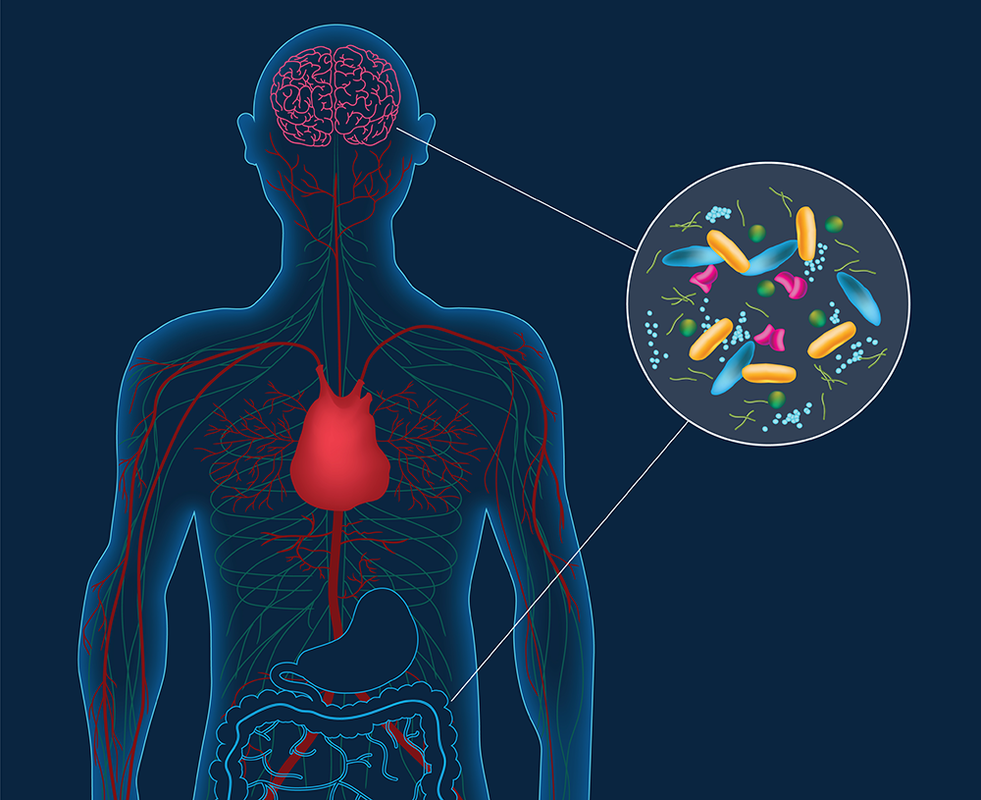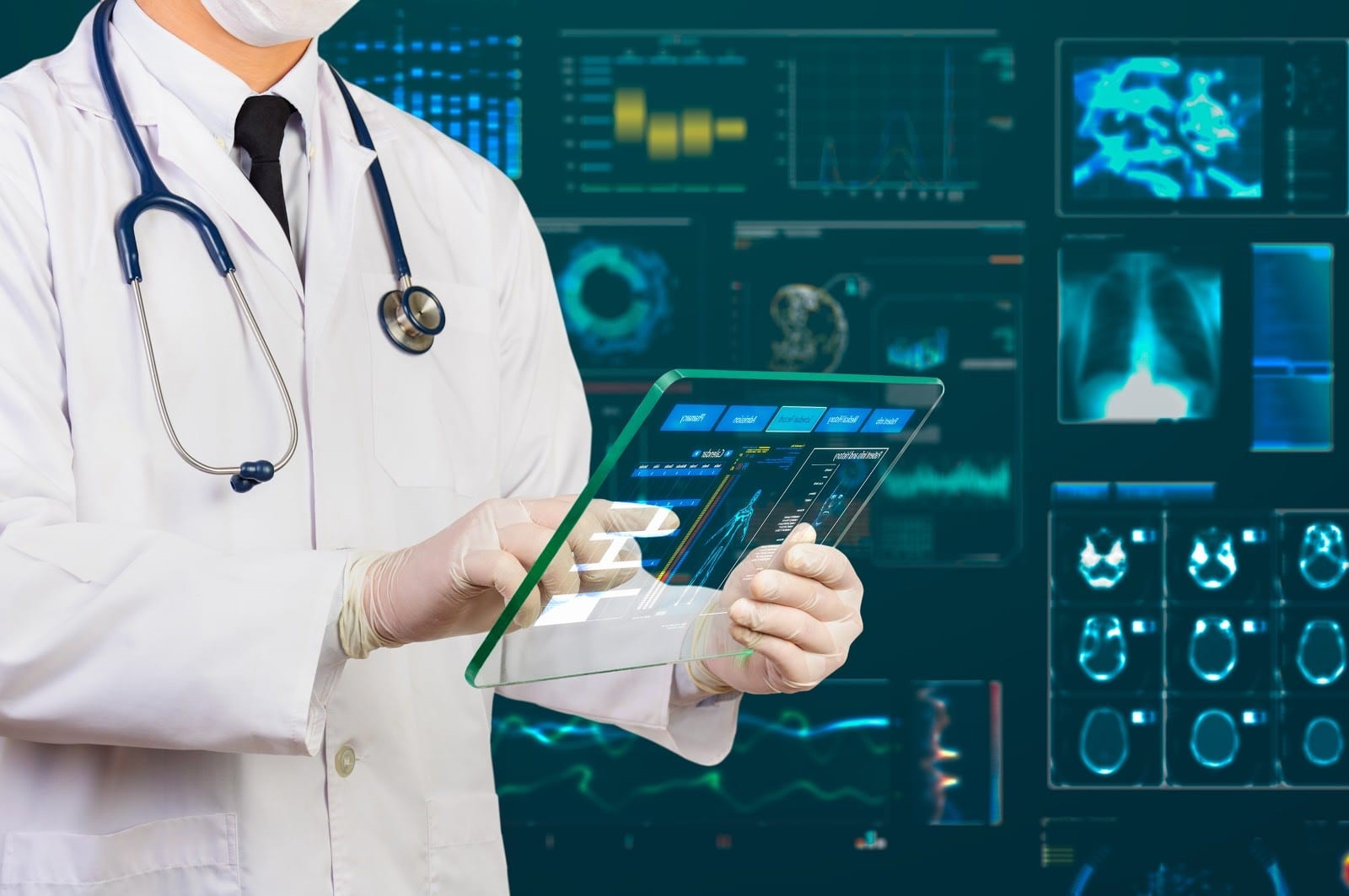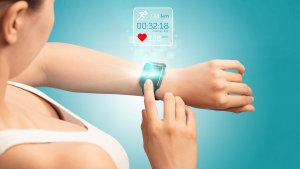
Top Health Tech Products to Watch in 2024
Wearable technology has revolutionized the way we interact with our devices, monitor our health, and stay connected. From fitness trackers to smartwatches and beyond, wearable tech has become an integral part of our daily lives. This article explores the top wearable tech devices available in the market, highlighting their features, benefits, and how they compare to one another.

Introduction to Wearable Technology
Wearable technology, often referred to as wearables, encompasses a wide range of electronic devices that can be worn on the body. These devices are designed to be both functional and fashionable, integrating seamlessly into our everyday activities. Wearables include fitness trackers, smartwatches, smart glasses, and even smart clothing.
Key Features of Wearable Tech Devices
Wearable tech devices come equipped with a variety of features that enhance user experience and provide valuable insights. Some of the key features include:
- Health Monitoring: Wearables can track various health metrics such as heart rate, sleep patterns, and physical activity.
- Connectivity: Many wearables offer Bluetooth and Wi-Fi connectivity, allowing for seamless integration with smartphones and other devices.
- Notifications: Users can receive calls, messages, and app notifications directly on their wearable devices.
- GPS and Navigation: GPS-enabled wearables provide location tracking and navigation assistance.
- Water Resistance: Many wearables are designed to withstand water exposure, making them suitable for swimming and other water activities.
Popular Wearable Tech Devices
- Apple Watch Series 8
The Apple Watch Series 8 continues to dominate the smartwatch market with its advanced features and seamless integration with the Apple ecosystem. Key features include:
- ECG and Blood Oxygen monitoring
- Advanced sleep tracking
- Fitness tracking with a variety of workout modes
- Fall detection and emergency SOS
- GPS and cellular connectivity options
- Fitbit Charge 5
Fitbit Charge 5 is a popular fitness tracker known for its comprehensive health monitoring capabilities. Key features include:
- Daily Readiness Score to optimize workouts
- Stress management tools
- Built-in GPS for outdoor activities
- Advanced sleep tracking
- 7-day battery life
- Garmin Fenix 7
Garmin Fenix 7 is a high-end multisport GPS smartwatch designed for outdoor enthusiasts. Key features include:
- Multi-GNSS support for accurate tracking
- Advanced health monitoring, including Pulse Ox and VO2 Max
- Extensive battery life with solar charging options
- TopoActive maps and ski maps
- Performance metrics for a variety of sports
- Samsung Galaxy Watch 5
The Samsung Galaxy Watch 5 offers a robust set of features, making it a strong competitor in the smartwatch market. Key features include:
- Body composition analysis
- ECG and blood pressure monitoring
- Sleep tracking and stress management
- Fitness tracking with auto workout detection
- Integration with Google services
- Oura Ring Gen 3
The Oura Ring Gen 3 is a unique wearable that focuses on comprehensive health and wellness tracking. Key features include:
- Continuous heart rate monitoring
- Sleep analysis with personalized insights
- Activity tracking with calorie burn estimation
- Temperature trend tracking
- Discreet, ring-shaped design
Comparative Analysis of Wearable Tech Devices
To provide a clearer picture of how these top wearable tech devices stack up against each other, we present the following comparative analysis table:
| Feature | Apple Watch Series 8 | Fitbit Charge 5 | Garmin Fenix 7 | Samsung Galaxy Watch 5 | Oura Ring Gen 3 |
| Health Monitoring | ECG, Blood Oxygen | Stress, ECG | Pulse Ox, VO2 Max | ECG, Blood Pressure | Heart Rate, Temp |
| GPS | Yes | Yes | Multi-GNSS | Yes | No |
| Battery Life | 18 hours | 7 days | Up to 24 days | 40 hours | 7 days |
| Connectivity | GPS, Cellular | GPS | GPS, Multi-GNSS | GPS, Wi-Fi, Cellular | Bluetooth |
| Water Resistance | 50 meters | 50 meters | 100 meters | 50 meters | Water Resistant |
| Notifications | Yes | Yes | Yes | Yes | No |
| Fitness Tracking | Yes | Yes | Yes | Yes | Yes |
| Price | Starting at $399 | $179 | Starting at $699 | Starting at $279 | $299 |
Detailed Analysis of Wearable Tech Devices
Health Monitoring Capabilities
Health monitoring is a core feature of wearable tech devices. The Apple Watch Series 8 and Samsung Galaxy Watch 5 lead the way with advanced ECG and blood oxygen monitoring capabilities. Fitbit Charge 5 stands out with its stress management tools, while Garmin Fenix 7 excels in providing comprehensive health metrics for serious athletes. The Oura Ring Gen 3 offers unique temperature trend tracking, which is particularly useful for early illness detection.
GPS and Connectivity
For those who prioritize GPS and connectivity, the Garmin Fenix 7 offers unparalleled accuracy with its multi-GNSS support. The Apple Watch Series 8 and Samsung Galaxy Watch 5 also provide reliable GPS tracking and offer cellular connectivity options, which is useful for staying connected without a smartphone. The Fitbit Charge 5 offers built-in GPS but lacks cellular connectivity, while the Oura Ring Gen 3 does not include GPS.
Battery Life
Battery life is a crucial consideration for many users. The Garmin Fenix 7 outperforms other devices with up to 24 days of battery life, thanks to its solar charging options. Fitbit Charge 5 and Oura Ring Gen 3 both offer impressive 7-day battery lives, making them suitable for extended use without frequent recharging. The Samsung Galaxy Watch 5 provides up to 40 hours, while the Apple Watch Series 8 requires daily charging with its 18-hour battery life.
Water Resistance
All the featured devices are water-resistant, making them suitable for swimming and other water activities. The Garmin Fenix 7 offers the highest water resistance at 100 meters, followed by the Apple Watch Series 8, Fitbit Charge 5, and Samsung Galaxy Watch 5 at 50 meters. The Oura Ring Gen 3 is water-resistant but not designed for deep-water activities.
Fitness and Activity Tracking
When it comes to fitness and activity tracking, all devices offer comprehensive features. The Apple Watch Series 8 and Samsung Galaxy Watch 5 include a wide range of workout modes and automatic workout detection. Garmin Fenix 7 provides detailed performance metrics for various sports, making it ideal for athletes. Fitbit Charge 5 focuses on daily readiness and stress management, while Oura Ring Gen 3 provides personalized activity insights based on overall health metrics.
Price
Price is often a deciding factor for many consumers. The Fitbit Charge 5 offers the most affordable option at $179, providing excellent value for its features. The Samsung Galaxy Watch 5 is competitively priced, starting at $279. The Apple Watch Series 8 starts at $399, reflecting its premium features and brand reputation. The Oura Ring Gen 3 is priced at $299, offering unique health insights in a discreet design. The Garmin Fenix 7 is the most expensive, starting at $699, but justifies its price with advanced features and durability.
Analysis Table
| Feature | Apple Watch Series 8 | Fitbit Charge 5 | Garmin Fenix 7 | Samsung Galaxy Watch 5 | Oura Ring Gen 3 |
| Health Monitoring | Advanced | Comprehensive | Extensive | Robust | Unique |
| GPS | Reliable | Built-in | Unparalleled | Reliable | None |
| Battery Life | Short | Long | Exceptional | Moderate | Long |
| Connectivity | Excellent | Limited | Excellent | Excellent | Basic |
| Water Resistance | High | High | Very High | High | Moderate |
| Notifications | Comprehensive | Basic | Comprehensive | Comprehensive | None |
| Fitness Tracking | Advanced | Advanced | Professional | Advanced | Personalized |
| Price | High | Affordable | Premium | Moderate | Moderate |
Wearable technology offers a variety of options to fit different lifestyles and preferences. By understanding the features and capabilities of each device, consumers can make informed decisions to find the wearable tech that best suits their needs.
Conclusion
Wearable technology continues to evolve, offering increasingly sophisticated features and capabilities. The top wearable tech devices highlighted in this article cater to a wide range of needs and preferences, from comprehensive health monitoring and advanced fitness tracking to seamless connectivity and extended battery life. Whether you are an athlete, a health enthusiast, or someone looking for a convenient way to stay connected, there is a wearable tech device to suit your needs.




























